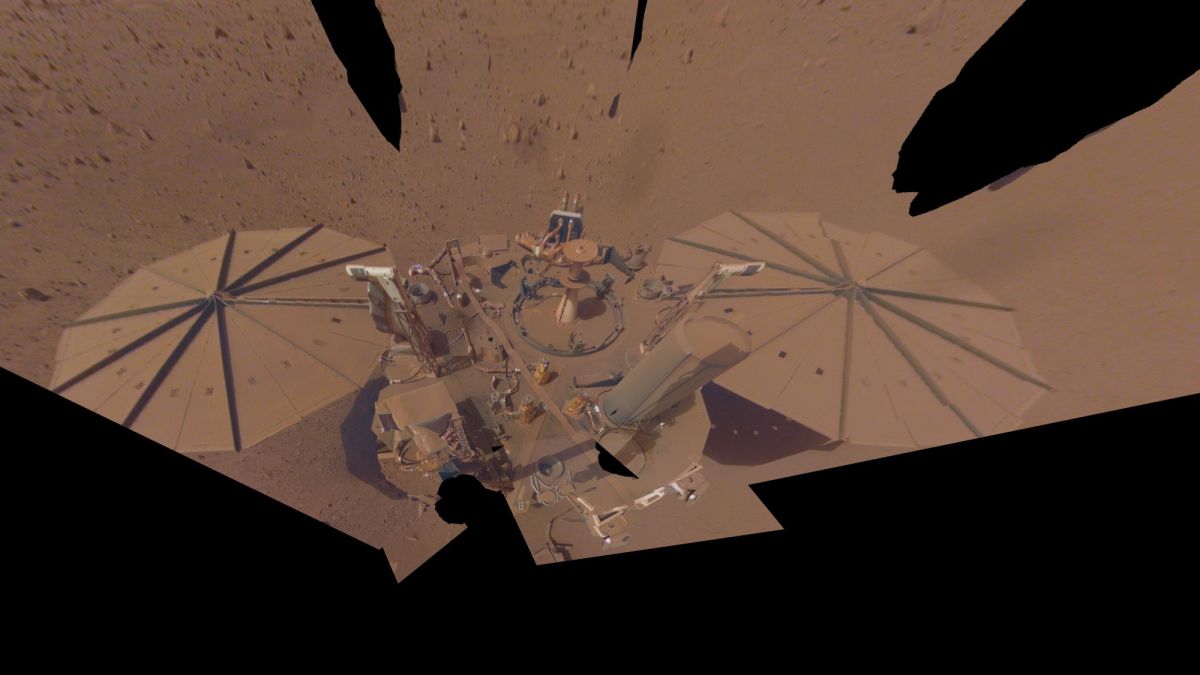The Christmas, Hanukkah, and New Year holidays are joyful events typically spent with family and friends. Astronauts and cosmonauts who find themselves in space during the holidays have found their own unique way to celebrate the occasions.
Read MoreMonth: December 2022
Blue Origin offers new bobbleheads of 1st New Shepard female fliers
The first three women to fly into space on Blue Origin’s New Shepard spacecraft have been honored with their very own bobbleheads. The limited edition figurines (opens in new tab), which feature the spring-loaded nodding heads of commercial astronauts Wally Funk, Audrey Powers and Laura Shepard Churchley, are now available from Blue Origin’s online shop (opens in new tab). The bobbleheads are boxed in mission-specific packaging and retail for $34.95 each. In addition to capturing the likeness of each woman, the Funk, Powers and Churchley bobbleheads depict their subject in…
Read MoreWebb Uncovers Young Stars’ Outbursts in Carina Nebula
By taking a closer look at one of Webb’s first images, the iconic Cosmic Cliffs, scientists have found dozens of energetic jets and outflows from young stars previously hidden by dust clouds.
Read MoreNASA’s Mars InSight lander ends mission after losing power
The Red Planet’s harsh dust has claimed another spacecraft. NASA announced Wednesday (Dec. 21) that its InSight lander, designed to understand the geologic life story of Mars, has completed its mission on the Red Planet. The spacecraft relied on solar power, and after four years on Mars, its sunlight-collecting panels have built up too much dust to generate enough power to run the lander. For months now, the InSight team have been expecting the lander to fall silent. Now, the robot has missed two calls home; scientists last heard from…
Read MoreNASA to Host Media Briefing on Space Station Spacecraft Leak Probe
NASA will host a media teleconference at 11 a.m. EST on Thursday, Dec. 22, to discuss the ongoing investigation of an external leak that occurred Dec. 14, from the Roscosmos Soyuz MS-22 spacecraft docked to the Rassvet module of the International Space Station.
Read MoreTracking CO2 emissions from space could help support climate agreements
NASA’s Orbiting Carbon Observatory (OCO-2) satellite can make precise measurements of global atmospheric carbon dioxide (CO2) from space. (Image credit: (NASA/JPL-Caltech)) This article was originally published at The Conversation. (opens in new tab) The publication contributed the article to Space.com’s Expert Voices: Op-Ed & Insights. Dr. Ray Nassar (opens in new tab), Research Scientist, Department of Physics, University of Toronto. The central objective of the United Nations’ Paris Agreement is to limit Earth’s warming to well below 2 C above pre-industrial levels, but preferably 1.5 C. This challenging task will require policies and tools to…
Read MoreNASA Retires InSight Mars Lander Mission After Years of Science
NASA’s InSight mission has ended after more than four years of collecting unique science on Mars.
Read MoreSaying ‘Farewell’ to InSight Mars Lander
The lander’s journey of discovery into the interior structure and composition of Mars has come to a close.
Read MoreNASA Awards Launch Services Contract for Sentinel-6B Mission
NASA has selected Space Exploration Technologies (SpaceX) of Hawthorne, California, to provide launch services for the Sentinel-6B mission.
Read MoreUrsid meteor shower shines with ideal dark sky conditions this year
When meteor enthusiasts think of the month of December, they immediately conjure up visions of the Geminids, which over the years has evolved into the most reliable of the dozen or so annual meteor displays that take place. But this year, a bright waning gibbous moon all but wrecked the Geminid meteor shower by lighting up the late-night sky and squelching all but the brightest meteor streaks. However, as a “consolation prize,” there is another December spectacle that in contrast, hardly gets any notice at all: The Ursid meteor shower. This…
Read More